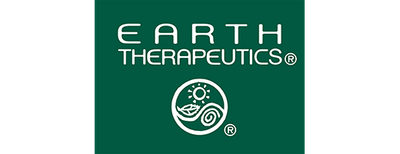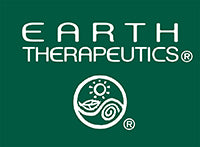October is National Breast Cancer Awareness Month – a great reminder that a self-examination routine and scheduling exams with your doctor are crucial first steps in the fight against breast cancer.
It’s wild to think we’re coming up on three years since COVID-19 shut down the world. Back then, our entire focus was fighting the wolf at the door, protecting ourselves and our families from the immediate threat of a viral plague. Medical services, severely strained, were reserved for emergency and ICU patients only; anything that wasn’t virus-related got reshelved in the “For Later” section.
Now is later, and since there’s no time like the present, we thought we’d share some basic tips on how to do your own breast self-exam. As always, check with your medical care provider to determine the best plan that works for you.
Self-exams are widely considered to be an important screening tool for early detection, especially when combined with regular physical exams by your doctor, mammograms, and ultrasounds or MRIs. It’s free, convenient, and anyone can do it at any age as part of their “best breast health.”
There are loads of resources on how to properly perform a breast self-exam like these video tutorials from the Moffit Cancer Center and the BBC. It’s super simple and very fast and takes about five to ten minutes. Probably the trickiest part for someone like me is remembering to do it every month. Easy solution: I made an iCal reminder to pop off when I wake up, adding the self-exam to my a.m. routine.
Five Step Self-Exam
from Breastcancer.org

Step 1: Stand in front of the mirror with your hands on your hips.
Step 1
Stand in front of a mirror in a superhero pose: hands on hips, shoulders straight. Check that your breasts are evenly shaped and their usual size and color without any visible distortions or swelling.

Step two: Raise your hands above your head.
Step 2: Raise your hands above your head, and repeat the same visual assessment as Step 1.
If you see any of the following changes, bring them to your doctor’s attention ASAP:
-
Dimpling, puckering, or bulging of the skin
-
A nipple that has changed position or an inverted nipple (pushed inward instead of sticking out)
-
Redness, soreness, rash, or swelling

Step 3: Check your nipples for discharge.
Step 3
Presuming you aren’t actively breastfeeding, look for any signs of fluid from one or both nipples. The fluid can range from watery, milky, yellowed, or even blood.

Step 4: Lay down and use a gentle but firm sweeping motion.
Step 4
While lying down, check for lumps. Using the pads of two or three fingers, press gently but firmly as you sweep the entire breast - from collarbone to abdomen and armpit to sternum. You can start from the nipple and move out in larger circles or sweep up and down your torso as if mowing a lawn. The important thing is to make sure you thoroughly examine the entire area.

Step 5: In the shower, repeat Step 4.
Step 5
Same as above, but this time standing up. Most people find that it’s easiest to do this part of the exam in the shower when skin is wet and slippery.
If you find a lump, mass, or anything that feels suspicious, immediately call your doctor. Lumps can vary in size from a pea to a golf ball and can feel as hard as an olive pit or like a gelatinous sphere. After a few months of self-exams, as you become more familiar with how your body feels, you’ll be able to confidently determine what’s normal and what’s not.

